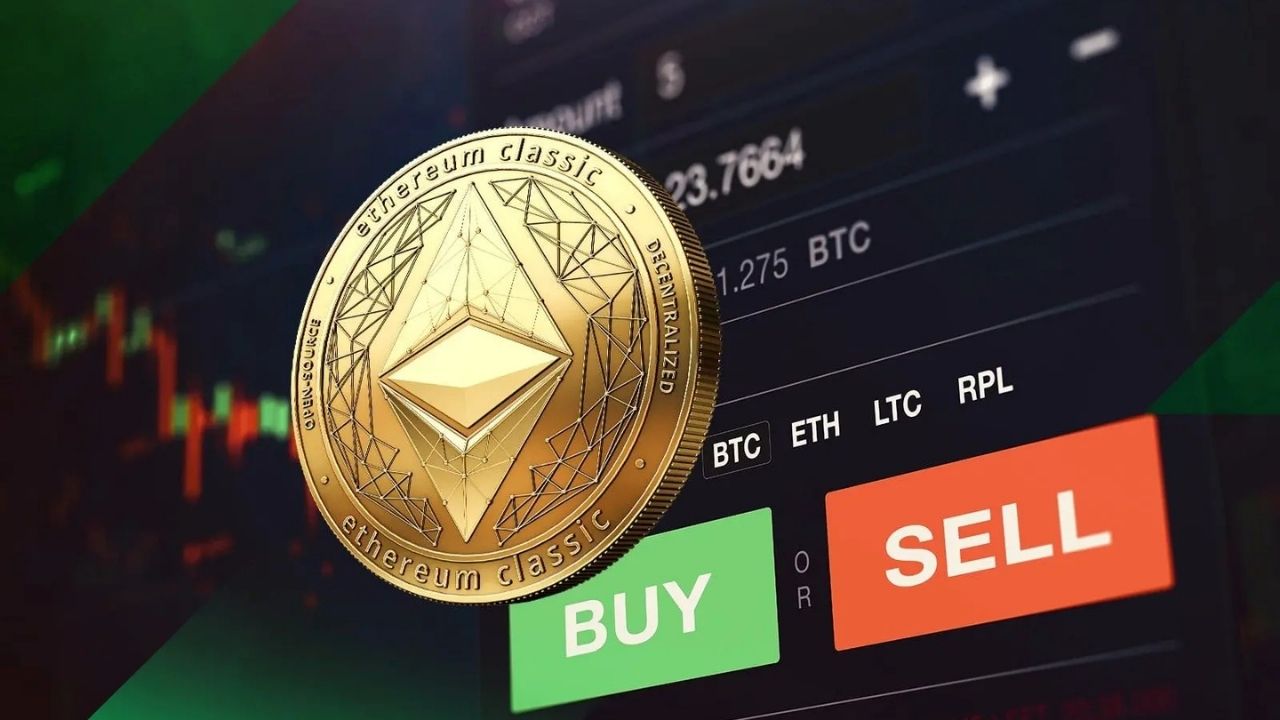Ethereum is one of the most influential digital assets present on the market of cryptocurrencies. Today, Ethereum (ETH) is currently at a price of 4244.94 USD with a 24-hour downward movement of 6.87 percent. Ethereum is the second-largest cryptocurrency by market capitalization, just after Bitcoin, with a trading volume of more than 45 billion dollars and a capitalization of up to 512 billion dollars within 24 hours of trading. To traders and investors, this data would mean more than numbers before their eyes- it is a guide in making better, more intelligent decisions. This paper will analyze the ethereum price indicators and their meaning to any participant in ETH trading.
Price Swing in Ethereum: The Gauge of Market Sentiment
The most used metric by traders is usually price fluctuation, and today we have a 6.87 percent drop, indicating general market sentiment and volatility. When ETH fluctuates with multiple percentage changes over the span of 24 hours, then it is usually interpreted as the action of a higher number of traders, institutional and retail alike. Such a fall can be related to profit-taking due to the recent increase or the reaction of the market to macroeconomic events, as well as fears and uncertainty in the crypto segment.
However, no price decreases should be considered in isolation. Although ETH has been reducing its price today, it has managed to increase by 61.86% within the last twelve months, and this indicates that the overall trend is bullish in the long-term perspective.
24-Hour Highs and Lows: Trading Ranges Explained
Ethereum’s daily cycle puts its price range at $4,234.76 to $4,575.88, to give us an understanding of the level of volatility and market momentum. A fairly widespread is usually a magnet to day traders, who seek to exploit intraday fluctuations in prices. The closer the range, the more secure the asset seems, but then there are fewer short-term opportunities for making quick trades. Such ups and downs contribute to keeping traders with realistic expectations and determining their trading strategy. Conversely, the relative presence of support around $4,200 may create a backdrop to purchase at a relatively low price, especially in the event that volume helps to catalyze a price recovery.
Trading Volume: The Motor of The Market Movement
Ethereum is also having a dense trading volume with the distributed use of 24-hour trading volume equaling to $45.19 billion. Volume of trading is also an important indicator since it indicates how strong a price is, should there be a movement. High volume on a price fall indicates much selling pressure, whereas good volume upon a price rise is a likely indication of buoyant demand.
The significant volume today, even at a lower price, may point to a shakeout, when weak hands are selling and the institutional buyers or long-range holders are lying in wait to buy again. In the case of traders, watching both the price action and the volume gives them a better feel for whether a move has a chance of continuing or reversing.
Market Cap and Circulating Supply: The Greater Picture
The current market cap of 512.4 billion puts Ethereum in a dominant position in the crypto field. With a regular amount of 120.71 million ETH, units have a large value. To give some context, Ethereum market cap doesn’t only show the level of investor confidence in this asset, but also in the strength of the ecosystem behind it, such as DeFi, NFT, and smart contracts. The traders that monitor the market cap of ETH should realize that it is not a short-term signal of worth and adoption, but it can indicate a key direction as well.
Technical Signals: Buy / Sell?
Based on the technical analysis of Bitget, Ethereum gets a Buy signal on the daily and a weekly chart, but gets a Sell signal on the 4-hour time frame. Such a mixed signal suggests that the short-term trend will prevail as neutral, but that the long-term trend will also continue to point upwards. That is why such situations are so favorable to traders who prefer to time their entries–buying on a short-term downswing with anticipation of an eventual price advance.
Conclusion
The price behavior of Ethereum is now an excellent demonstration of market volatility accompanied by hidden bullish power. Such indicators as the daily price range, the volume of trading, market capitalization, and various technical signals give valuable hints, based on which traders can make all the necessary decisions. To traders on a platform such as Bitget, monitoring these metrics daily can spell the difference between reactive trading and long-term positioning. If you love it long-term or want to jump into the mixing pot to take advantage of short-term fluctuations, nothing can serve your purposes better than knowing what Ethereum numbers really mean.

